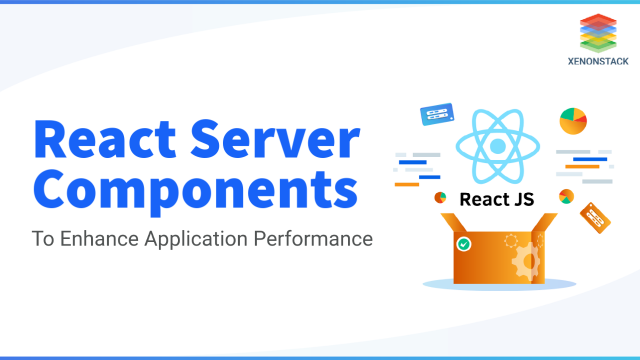React Server Components in 2025: A New Era of Full-Stack Efficiency
In 2025, React Server Components (RSC) are no longer experimental — they’re becoming the foundation for many high-performance applications. With the latest updates in Next.js 14 and React 18+, developers can now harness server-side rendering (SSR) and component streaming in ways that significantly boost performance and developer experience.
So, what’s exciting about RSC now?
True Server/Client Boundary: React now allows parts of your app to execute only on the server. This means you can load data-intensive components without affecting the client bundle size.
Reduced JavaScript on the Client: Server components don’t ship any JS to the browser. You can now build faster apps with less hydration overhead.
Improved Developer Experience with Next.js: Using app/ directory and React’s new file-based routing, you can create layouts, pages, and loading states with minimal boilerplate.
Integration with Modern Databases: Combined with tools like Prisma, Drizzle, or even direct database queries, you can render dynamic pages in real-time without ever exposing data fetching to the client.
Example Use Case: Imagine rendering a dashboard with real-time financial data. Using server components, you can fetch the data server-side and deliver a fully-rendered, interactive dashboard with minimal client-side JS.
Takeaway: React Server Components are now production-ready and transforming how we build fast, secure, and scalable web apps. If you haven’t explored them yet, 2025 is the year to dive in.

